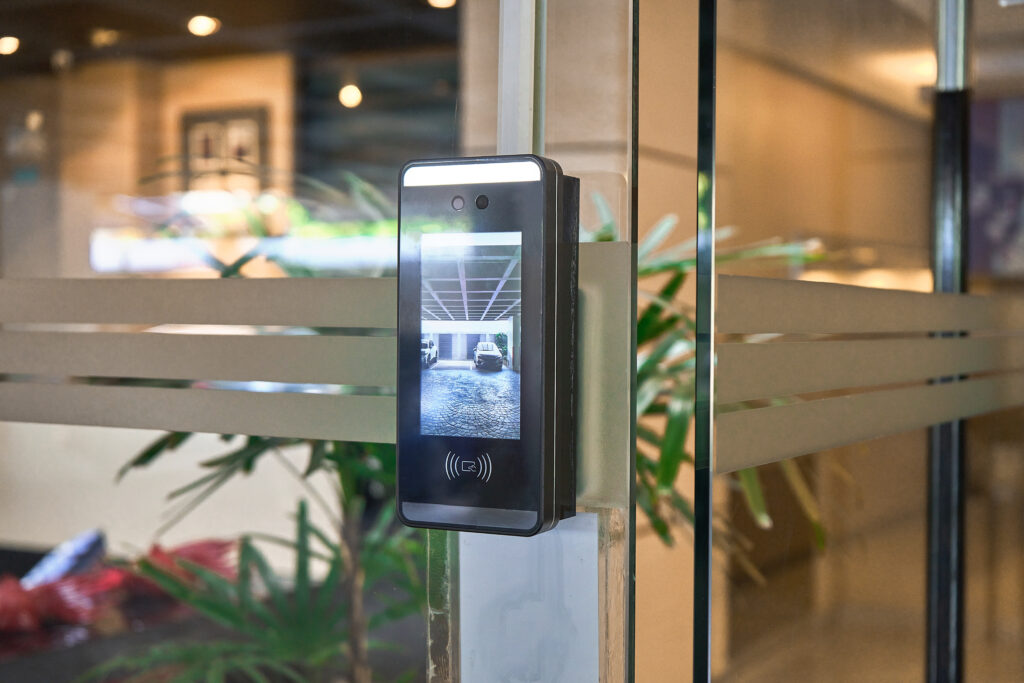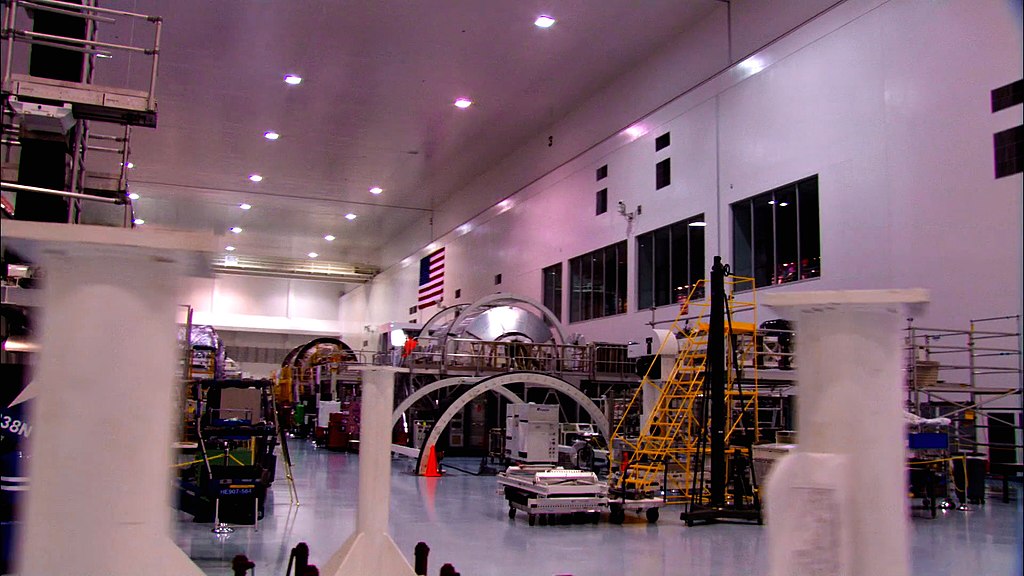The rapid development of technology has brought forth numerous innovations in the field of security and access control systems. Among these innovations, motion sensor switches have become an indispensable component of modern access control systems.
Understanding Motion Sensor Switches
What Are Motion Sensor Switches?
Motion sensor switches are devices that can detect movement or presence within a specific area, and subsequently perform a predetermined action, such as granting access or activating an alarm. These switches play a crucial role in access control systems, providing enhanced security for restricted areas and minimizing the risk of unauthorized entry.
Types Of Motion Sensor Switches
There are three primary types of motion sensor switches commonly utilized in access control systems:
- Passive Infrared (PIR) sensors
- Ultrasonic sensors
- Microwave sensors
Each of these motion sensor switches has its unique advantages and drawbacks. In the following sections, we will explore the characteristics of each type, providing insight into their suitability for various access control applications.
Passive Infrared (PIR) Sensors
How PIR Sensors Work
Passive Infrared sensors detect changes in infrared radiation, which is emitted by all objects with a temperature above absolute zero. When a person or object enters the PIR sensor’s detection range, the sensor registers the change in infrared radiation and triggers the predetermined action.
Advantages:
-
- Cost-effective: PIR sensors are relatively inexpensive, making them an attractive option for budget-conscious access control installations.
- Low power consumption: As passive devices, PIR sensors consume little energy, resulting in longer operational life and reduced maintenance costs.
- Minimal false alarms: PIR sensors are less susceptible to false alarms caused by environmental factors such as wind or ambient temperature changes.
Disadvantages:
-
- Limited detection range: PIR sensors have a relatively narrow detection range, which may not be suitable for large or open spaces.
- Reduced sensitivity with distance: PIR sensor sensitivity decreases as the distance between the sensor and the target increases, potentially limiting their effectiveness in access control systems.
Ultrasonic Sensors
How Ultrasonic Sensors Work
Ultrasonic sensors emit high-frequency sound waves, which bounce off nearby objects and return to the sensor. The sensor then measures the time it takes for the sound waves to return, enabling it to determine the distance and presence of an object.
Advantages:
- Wide detection range: Ultrasonic sensors can cover large areas, making them suitable for spacious or open environments.
- Versatile: Ultrasonic sensors can detect objects of various shapes, sizes, and materials, increasing their applicability in access control systems.
Disadvantages:
- Susceptible to environmental factors: Ultrasonic sensors can be affected by temperature, humidity, and air currents, potentially causing false alarms or reduced performance.
- High power consumption: Ultrasonic sensors require more energy than PIR sensors, leading to increased operational costs and shorter device lifespans.
Microwave Sensors
How Microwave Sensors Work
Microwave sensors emit low-power, continuous microwave signals that are reflected by objects in their path. The sensor measures the frequency shift in the reflected signals to detect movement or presence.
Advantages:
- Penetrating capabilities: Microwave sensors can penetrate non-metallic materials, enabling them to detect movement through walls or other barriers.
- High sensitivity: Microwave sensors are highly sensitive, allowing them to detect even subtle movements, making them suitable for high-security access control systems.
Disadvantages:
- Prone to interference: Microwave sensors may experience interference from other electronic devices or microwave-emitting equipment, potentially affecting their performance.
- Expensive: Microwave sensors tend to be more expensive than PIR or ultrasonic sensors, making them a less cost-effective option for certain installations.
Comparative Analysis Of Motion Sensor Switches
Detection Range and Sensitivity
When comparing the detection range and sensitivity of the three types of motion sensor switches, ultrasonic and microwave sensors have a clear advantage over PIR sensors. Ultrasonic sensors offer a wide detection range, while microwave sensors provide high sensitivity and the ability to penetrate non-metallic materials. However, PIR sensors have the advantage of being less susceptible to false alarms caused by environmental factors.
Cost and Energy Efficiency
In terms of cost and energy efficiency, PIR sensors are the most attractive option. They are relatively inexpensive and consume less power than ultrasonic or microwave sensors. Conversely, ultrasonic sensors have higher power consumption, and microwave sensors are generally more expensive.
Environmental Factors and Interference
Ultrasonic and microwave sensors are more susceptible to environmental factors and interference than PIR sensors. Ultrasonic sensors can be affected by temperature, humidity, and air currents, while microwave sensors may experience interference from other electronic devices or microwave-emitting equipment. PIR sensors, on the other hand, are less prone to these issues.
Applications Of Motion Sensor Switches In Access Control Systems
Aerospace Industry
In the aerospace industry, motion sensor switches are often used to secure sensitive areas such as research labs, testing facilities, and control rooms. Microwave sensors are particularly suitable for high-security applications due to their high sensitivity and penetrating capabilities.
Healthcare Facilities
Motion sensor switches are widely used in healthcare facilities to control access to restricted areas, such as patient rooms, pharmacies, and medical supply storage areas. PIR sensors are commonly employed in these settings due to their cost-effectiveness and low susceptibility to false alarms.
Commercial Buildings
In commercial buildings, motion sensor switches are used to manage access to office spaces, server rooms, and other restricted areas. Ultrasonic sensors are often preferred for their wide detection range and versatility in detecting various object types.
Frequently Asked Questions (FAQs)
Q: Which motion sensor switch is best for my access control system?
The choice of motion sensor switch depends on factors such as the size of the area to be secured, the level of security required, and the available budget. PIR sensors are suitable for cost-conscious installations with a low risk of false alarms, while ultrasonic and microwave sensors offer better performance in terms of detection range and sensitivity.
Q: Can motion sensor switches be used outdoors?
Yes, motion sensor switches can be used outdoors. However, it is essential to choose sensors specifically designed for outdoor use and rated for the expected environmental conditions.
Q: Can motion sensor switches work through walls or other barriers?
Microwave sensors can detect movement through non-metallic materials such as walls, making them suitable for applications requiring the ability to monitor activity in adjacent areas.
This comparative study of motion sensor switches in access control systems has provided valuable insights into the advantages and disadvantages of PIR, ultrasonic, and microwave sensors. While PIR sensors are cost-effective and less susceptible to environmental factors, ultrasonic sensors offer a wide detection range, and microwave sensors boast high sensitivity and penetrating capabilities. Ultimately, the choice of motion sensor switch should be determined by the specific requirements of the access control system in question, considering factors such as detection range, sensitivity, cost, and environmental conditions.
By carefully considering these factors, security professionals can select the most suitable motion sensor switch for their access control systems, ensuring optimal security and performance.


